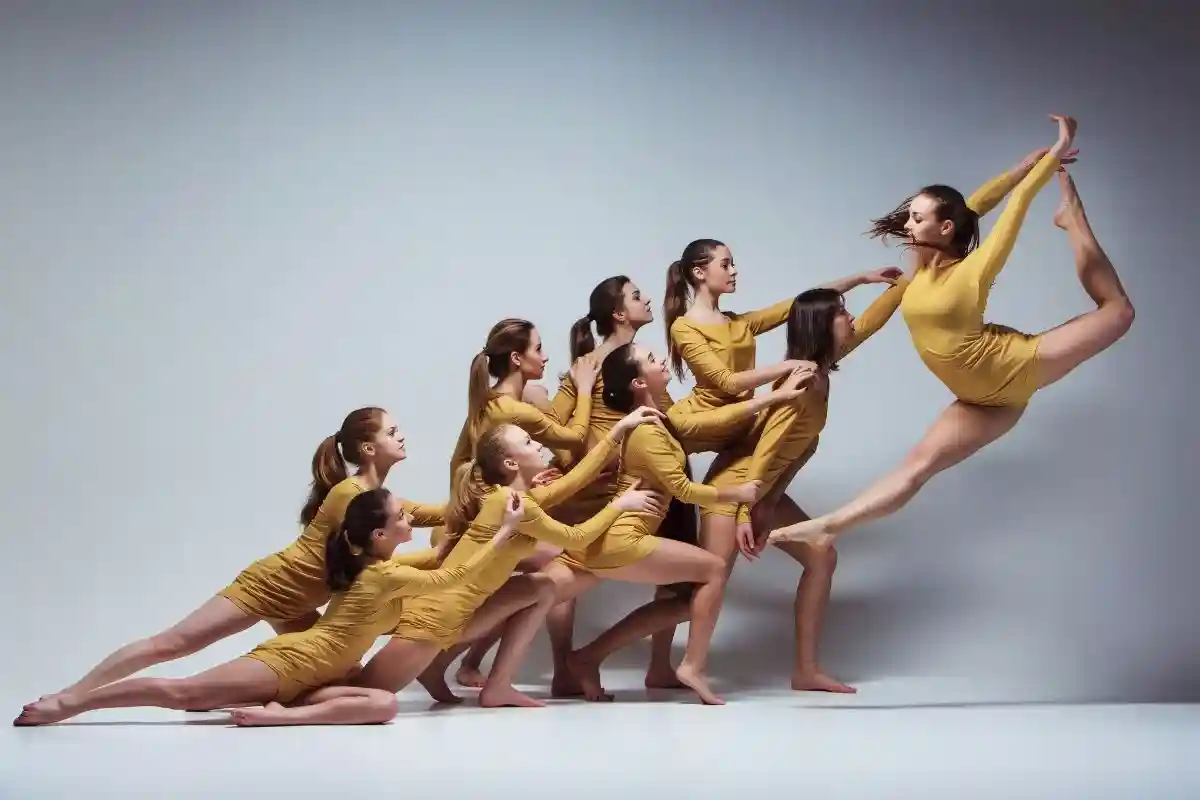Animation is a captivating art form that has evolved tremendously over the years. From traditional hand-drawn animations to cutting-edge 3D computer-generated imagery, there are a wide variety of techniques and styles that animators can explore and master.
In this blog post, we will delve into the fascinating realm of animation, exploring various techniques and styles that are shaping the industry today.
1. Traditional Animation
Traditional animation, also known as cel animation, is the oldest form of animation that involves hand-drawing each frame to create the illusion of movement. This labor-intensive process requires meticulous attention to detail and a strong understanding of timing and motion.
Classic animated films such as Disney’s “Snow White and the Seven Dwarfs” and “The Lion King” were created using traditional animation techniques, showcasing the timeless beauty of this art form.
2. 2D Animation
2D animation refers to the creation of two-dimensional images in a flat space. This style of animation has been widely used in television shows, commercials, and web animations.
With the advent of digital tools and software, 2D animation has become more accessible to aspiring animators, allowing them to bring their creative visions to life with ease.
3. 3D Animation
3D animation involves creating three-dimensional objects and characters in a digital environment. This style of animation is commonly used in feature films, video games, and visual effects.
With advancements in technology, 3D animation has become increasingly realistic and immersive, pushing the boundaries of what is possible in the world of animation.
4. Stop Motion Animation
Stop-motion animation is a unique technique that involves manipulating physical objects frame by frame to create movement. This hands-on approach to animation has been used in iconic films such as “Wallace and Gromit” and “The Nightmare Before Christmas.”
Stop-motion animation requires patience and attention to detail, but the end result is a visually stunning and charming animation style.
5. Motion Graphics
Motion graphics combine animation, graphic design, and filmmaking techniques to create engaging visuals for various media platforms. This style of animation is often used in title sequences, commercials, and explainer videos.
Motion graphics artists use typography, imagery, and animation to convey information in a dynamic and visually appealing way.
6. Experimental Animation
Experimental animation pushes the boundaries of traditional techniques and explores new ways of storytelling and visual expression.
Artists working in this genre often experiment with different materials, textures, and technologies to create avant-garde animations that challenge the viewer’s perception and imagination.
7. 3D Modeling and Texturing
3D modeling and texturing are essential skills for animators working in the gaming and film industries. Artists use specialized software to create detailed 3D models of characters, environments, and objects, bringing them to life with textures and materials.
Understanding the principles of 3D modeling and texturing is crucial for creating realistic and immersive animations.
8. Character Animation
Character animation focuses on bringing characters to life through movement, expressions, and emotions. Animators study human and animal anatomy, body language, and acting principles to create believable and engaging character performances.
9. Visual Effects
Visual effects, or VFX, play a crucial role in modern filmmaking, enhancing live-action footage with digital elements such as explosions, creatures, and environments.
Animators working in the VFX industry use a combination of 2D and 3D techniques to seamlessly integrate visual effects into live-action footage, creating stunning and immersive cinematic experiences.
10. Virtual Reality (VR) Animation
Virtual reality animation is a rapidly growing field that immerses viewers in interactive and immersive digital environments. VR animators use specialized software and hardware to create 3D animations that respond to the viewer’s movements and interactions.
This cutting-edge technology is revolutionizing storytelling and entertainment, offering new opportunities for animators to create compelling and immersive experiences.
Conclusion
In the dynamic and ever-evolving world of animation, mastering different techniques and styles is essential for staying competitive and relevant in the industry.
Whether you are interested in traditional hand-drawn animation, cutting-edge 3D modeling, or experimental animation, there are endless possibilities to explore and create.
Key Takeaways:
- Animation offers a diverse range of techniques and styles, from traditional hand-drawn animation to cutting-edge 3D animation.
- Each animation style requires unique skills and creative approaches, allowing animators to explore various avenues of storytelling and visual expression.
- Mastering animation techniques and styles is crucial for success in the dynamic animation industry, where staying competitive and relevant is key.
Consider enhancing your animation skills and knowledge by enrolling in the NYU Animation Industry Essentials online course, to gain valuable insights and industry expertise.
Embrace the world of animation, unleash your creativity, and embark on a rewarding journey in this exciting field.




